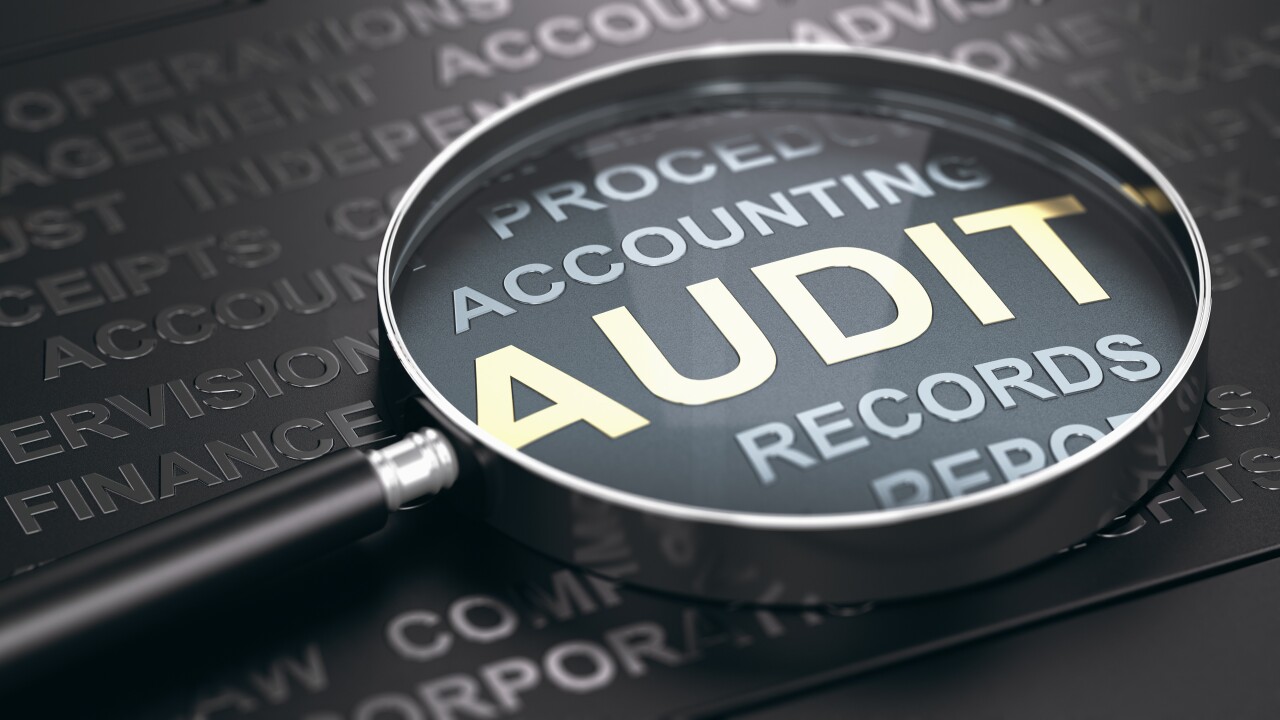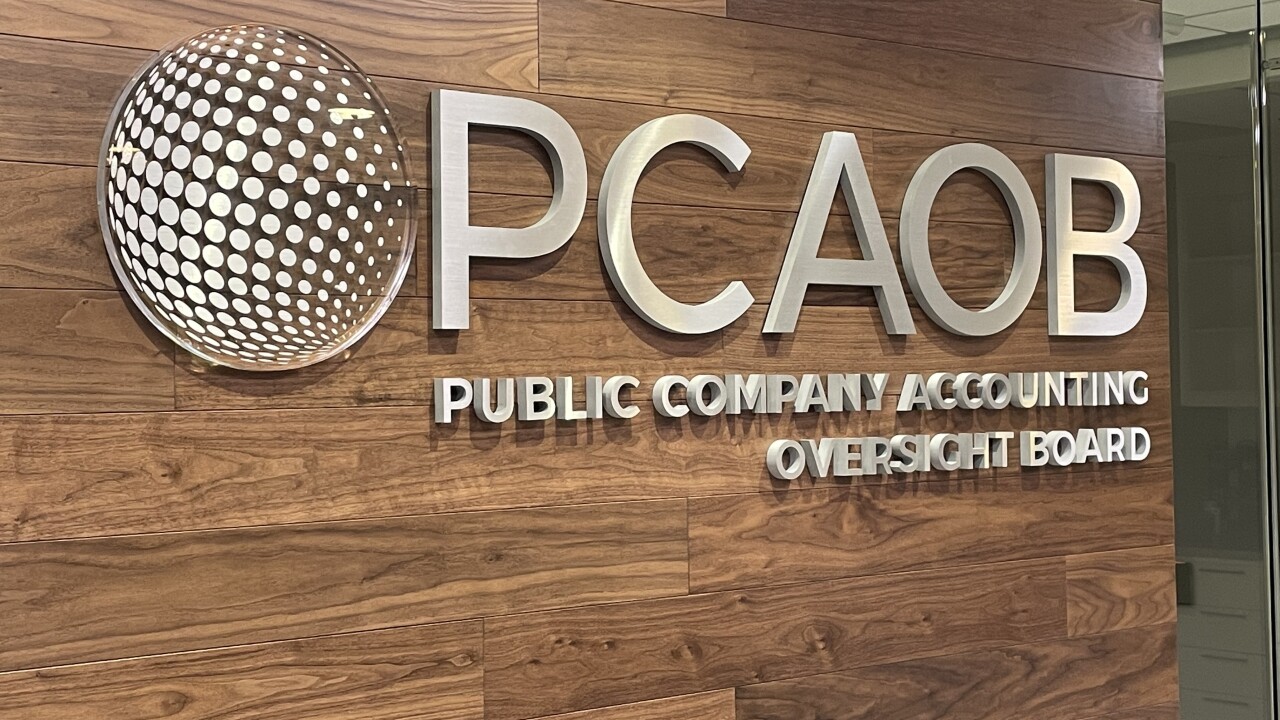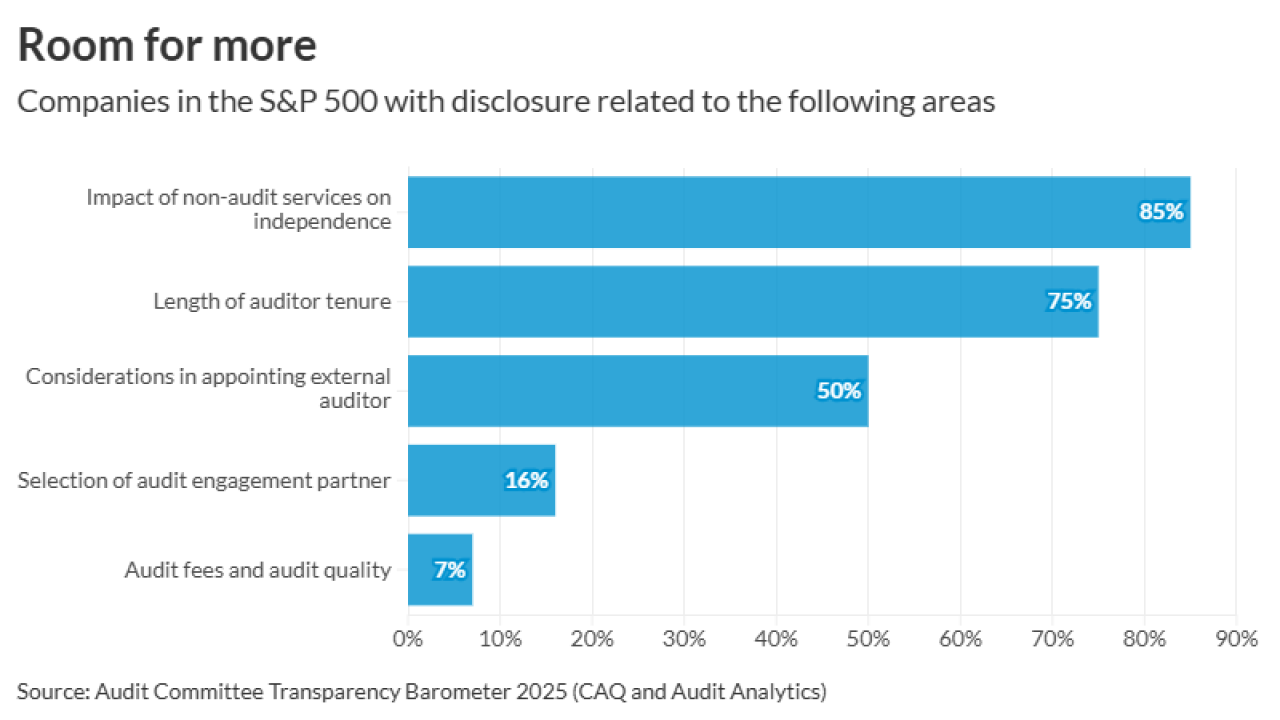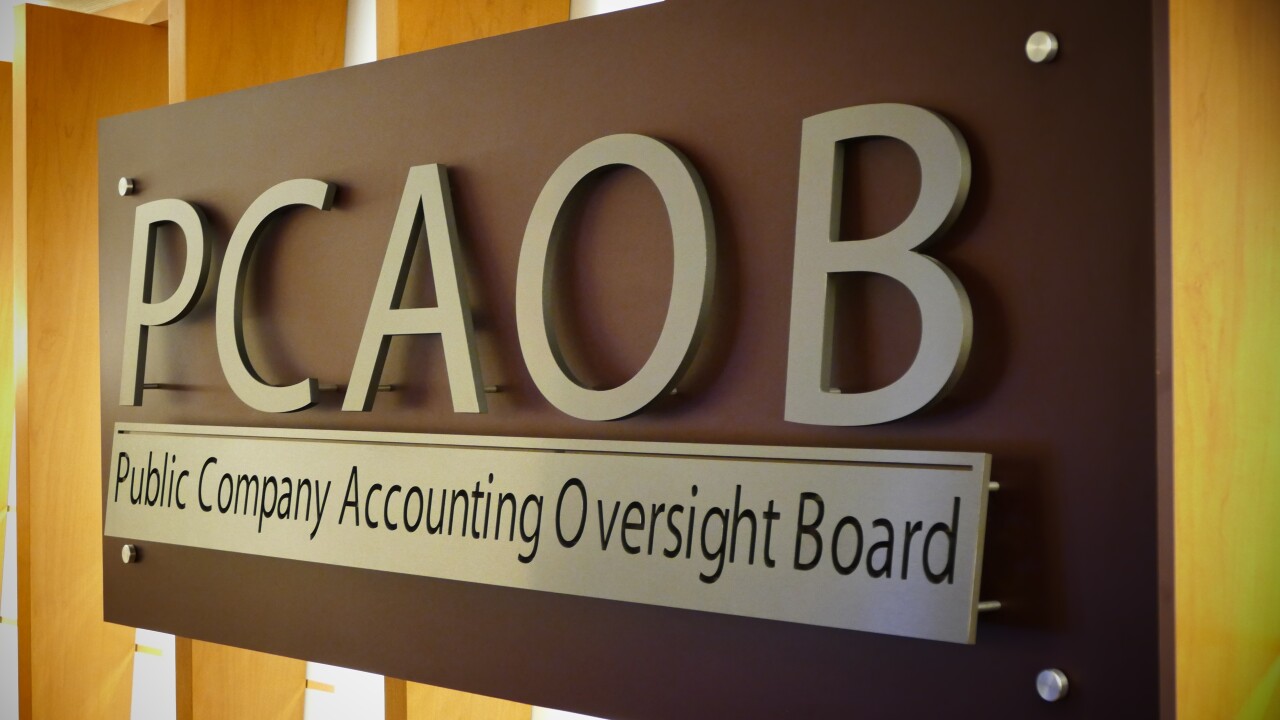The alternative minimum tax represents one potential caveat to the widespread and, mostly, correct belief that the One Big Beautiful Bill Act cut everyone's payments to Uncle Sam.
Below are five key questions for financial advisors, tax professionals and clients to help them understand their potential AMT exposure. OBBBA tweaked the rules in ways that will hike the number of households subject to it.
The level of liability will not reach the days before the Tax Cuts and Jobs Act of 2017. However, the adjustments may prompt some clients to speed up their collection of certain income to this year, rather than waiting until it
For example, the rising
"Having an unlimited SALT deduction prior to the TCJA meant that people who just lived in a higher-tax state often found themselves subject to the alternative minimum tax," he said. "We're going to see, I think, more people become subject to the AMT because of that than the actual changes to the AMT itself."
READ MORE:
The main new AMT payers
The SALT deductions, incentive stock option compensation and interest income from private activity bonds amount to the most common possible reasons that households could be newly eligible for the AMT next year, according to Henry-Moreland and Holly Swan, the head of wealth solutions in the global client strategy unit of asset management firm
"We might see a lot of people who have ISOs wanting to exercise this year, so that they're not opting into the new AMT regime," Swan said. "And then we might see people who have favored private activity bonds, which can have higher interest rates, reconsidering that or just adjusting the math on how they look at the after-tax yield on those rates."
No one can say for sure, though, by how much the roughly 150,000 to 250,000 households paying the AMT since the 2017 law will increase under OBBBA's new rules. They just know that the number is much lower than in the absence of the megalaw, according to Garrett Watson, a senior policy analyst and modeling manager at the nonprofit, nonpartisan
"More people will fall into it than this year," he said of the AMT. "There are more folks falling into the AMT next year than this year, although way fewer than there would have been, had the previous law expired."
Scroll down the page to see five key questions for financial advisors, tax professionals and their clients to consider on the alternative minimum tax, or
Got the glossary straight?
In addition to its wonky acronym, the AMT has spawned two other terms that do not apply to anything else in finance.
The "tentative minimum tax payment" refers to a taxpayer's potential liability under the AMT, and that number is "tentative" because they will only need to pay that amount if it turns out to be higher than their basic federal income tax.
The other jargon revolves around "preference items," which are deductions, credits and other tax incentives that households must add back to their income for purposes of the AMT. Some of the most common preference items are: the deduction for state and local taxes, incentive stock options, interest income from private activity bonds and the standard deduction.
What is the client's AMT income?
To find their specific income under the AMT, clients must add those preference items back to their traditional income. Then they can calculate whether they are eligible for any exemptions.
READ MORE:
What is the exemption, and what is the phaseout?
OBBBA's boost of the state and local tax deduction will likely bring more households into the AMT's purview, so they'll need to understand their level of exemption and the level of income that causes the exemption to phase out at the upper income ranges.
In 2025, the first $88,100 for individuals and $137,000 for couples out of their income for AMT purposes is exempt. But that exemption phases out at 25 cents per dollar, starting at $626,350 for individuals and $1,252,700 for married households filing jointly.
In 2026, inflation adjustments to the exemption will push the numbers up to $90,100 for single filers and $140,200 for couples. But the phaseout begins at lower levels — $500,000 for individuals and $1 million for spouses — and the exemption goes away twice as quickly, at 50 cents on the dollar above those levels of AMT income.
What is the client's AMT liability?
Once the taxpayers have subtracted any exemptions from their AMT income, they can calculate how much of that will be subject to 26% or 28% rates.
For 2025, the first $119,550 of AMT income for single filers and the first $239,100 for couples will be taxed at 26%, with any other income getting hit at a 28% rate. In 2026, those numbers will go up to $122,250 for single filers and $244,500 for joint households.
If the client has received any foreign AMT tax credits, they will then reduce that amount of that credit from the resulting number to find their tentative AMT liability.
READ MORE:
Which will the client pay, the traditional income tax or the AMT?
They will, most likely, pay the traditional federal income tax bill to Uncle Sam. However, if the dollar amount of their AMT liability is higher than their standard federal income tax bill, the clients will be among the several millions or so households that must now pay under the alternative system.





